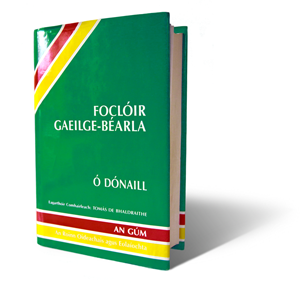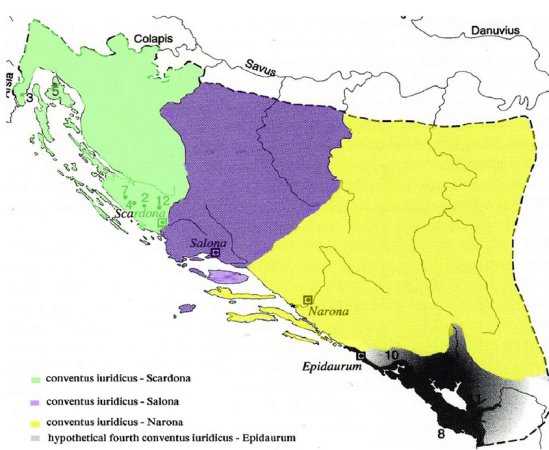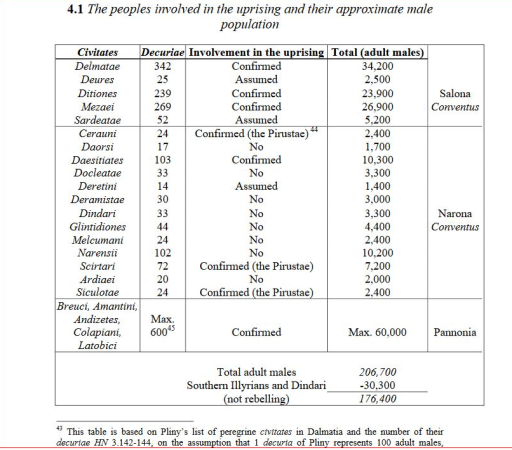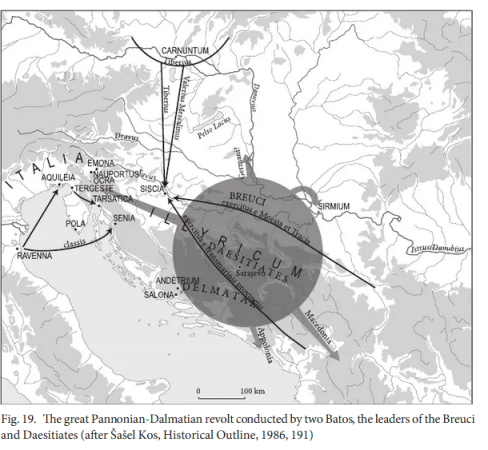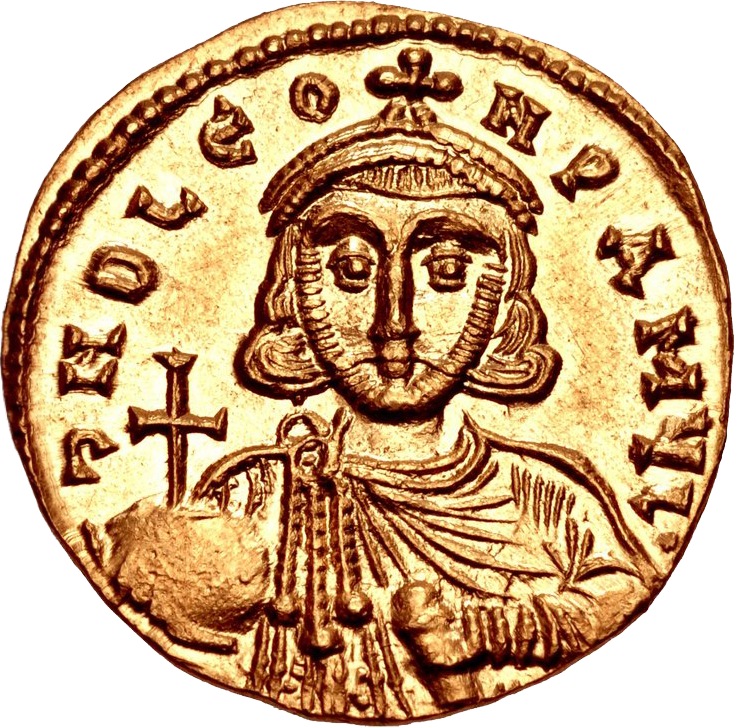Wow, so you're saying that Albanian comes from Albania? Makes sense to me. I would place the core genesis in the northern half of the blue-shaded area, as Albanian appears to have more Latin influence than Greek and therefore would have been more likely to originate north of the Jirecek line.
Jirecek line is stupidity. I wonder how some great scholars gave credit to this stupidity.
Since we know that:
1. it was Heracles from the year 610 that replaced latin with greek as an official language of empire,
2. It was Emperor Leo III Isaur who detached christian churches in albanian are from the rule of Rome dhe joined them to constantinople (that means from latin vocabulary to greek one)
3. Ancient toponyms were evolving by albanian phonetic rules in the south of this so-called line
From the first argument we have the case of albanian word shkije shkjau which came from Sclavus or Slavenus. Ancestors of albanians simply fought against these invaders fighting within the roman army as roman warriors, roman in official sense. They knew them as Sclaveni, and his wrod evolved according to albanian phonetic rules, and gave dhe word Shkjav Shkjau, etj.
From the second argument, we knoe an example, as both toske and gege have latin vocabulary for church and liturgy. Even tosks who are orthodoxes, have latin vocabulary. Tosks say
shpirt (from latin spiritus) and not Psike from greek. This is explained very well by the fact that the church was under the administration of Rome until 732 when Leo III Isaures detached it from Rome.
Ancient toponyms evolved according to albanian phonetic rules like Aulona > Avlona > Vlona > Vlora, Thyamios > Tiamis > Çam-ëria, Apolonia > Pojani, Oraculus > Frakulli etj.
In the light of these facts, the so called Jirecek line is just a stupidity, if we use it in these matters. Well it may have some values for example, maybe it was the kind of artistic scripts used on some special kind of inscriptions, which is another genre and another topic, for another time.


